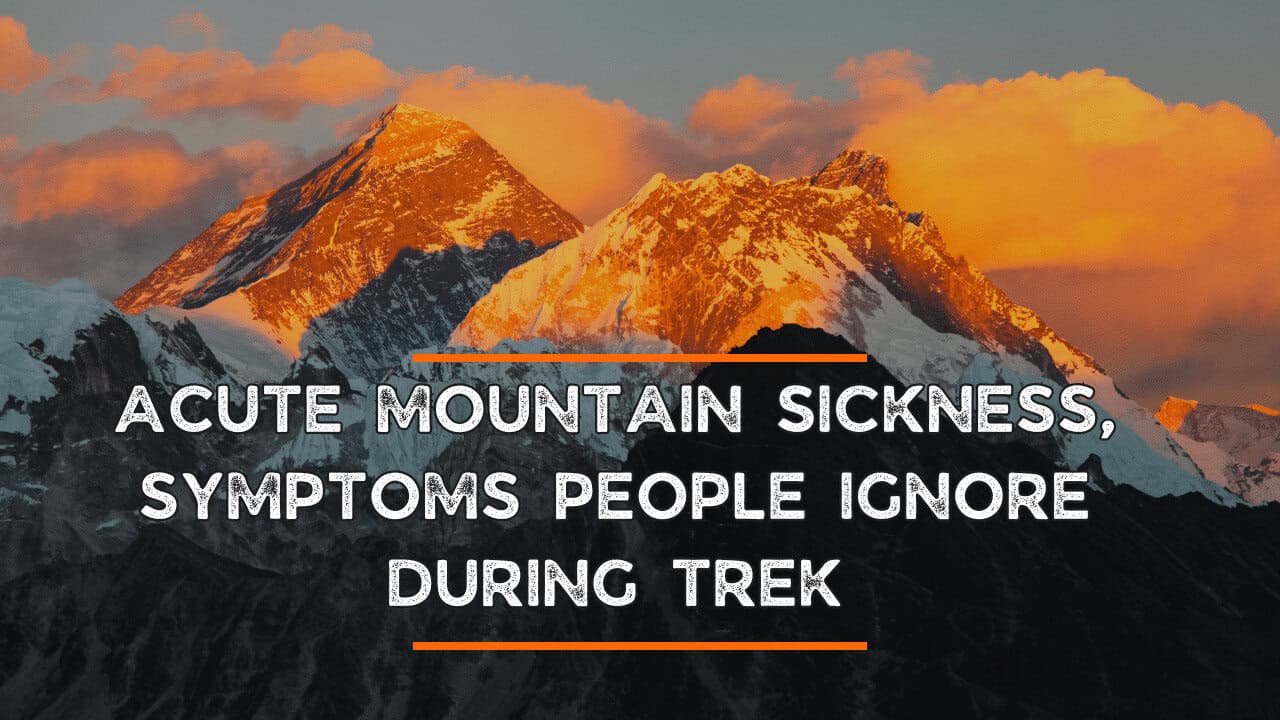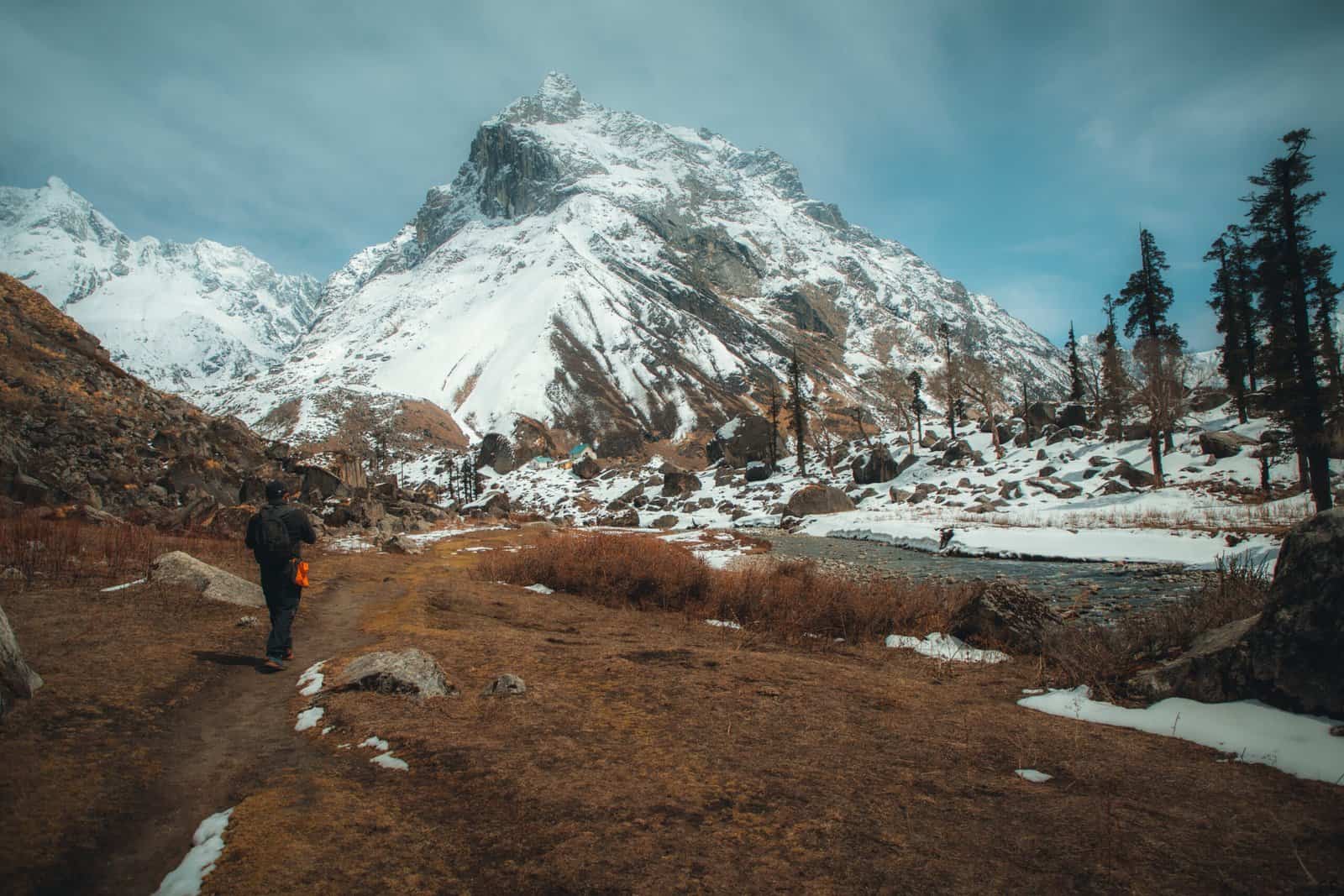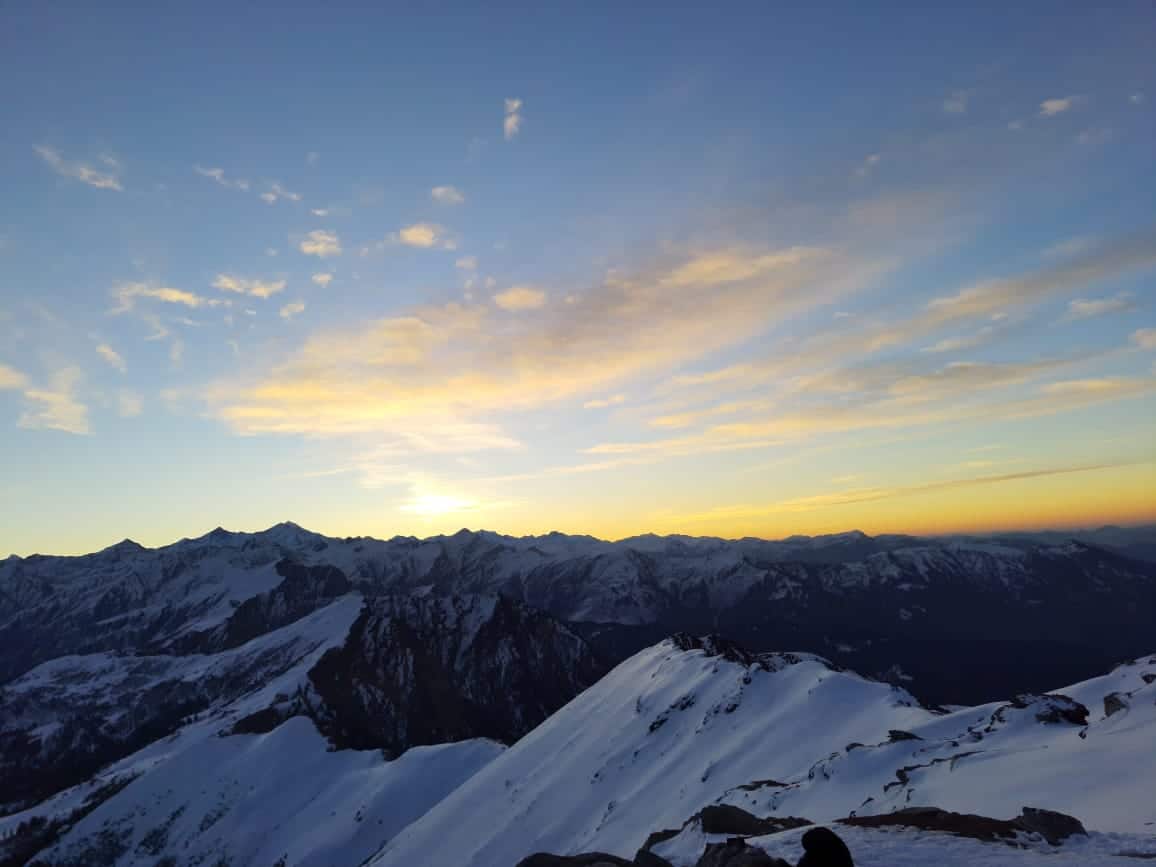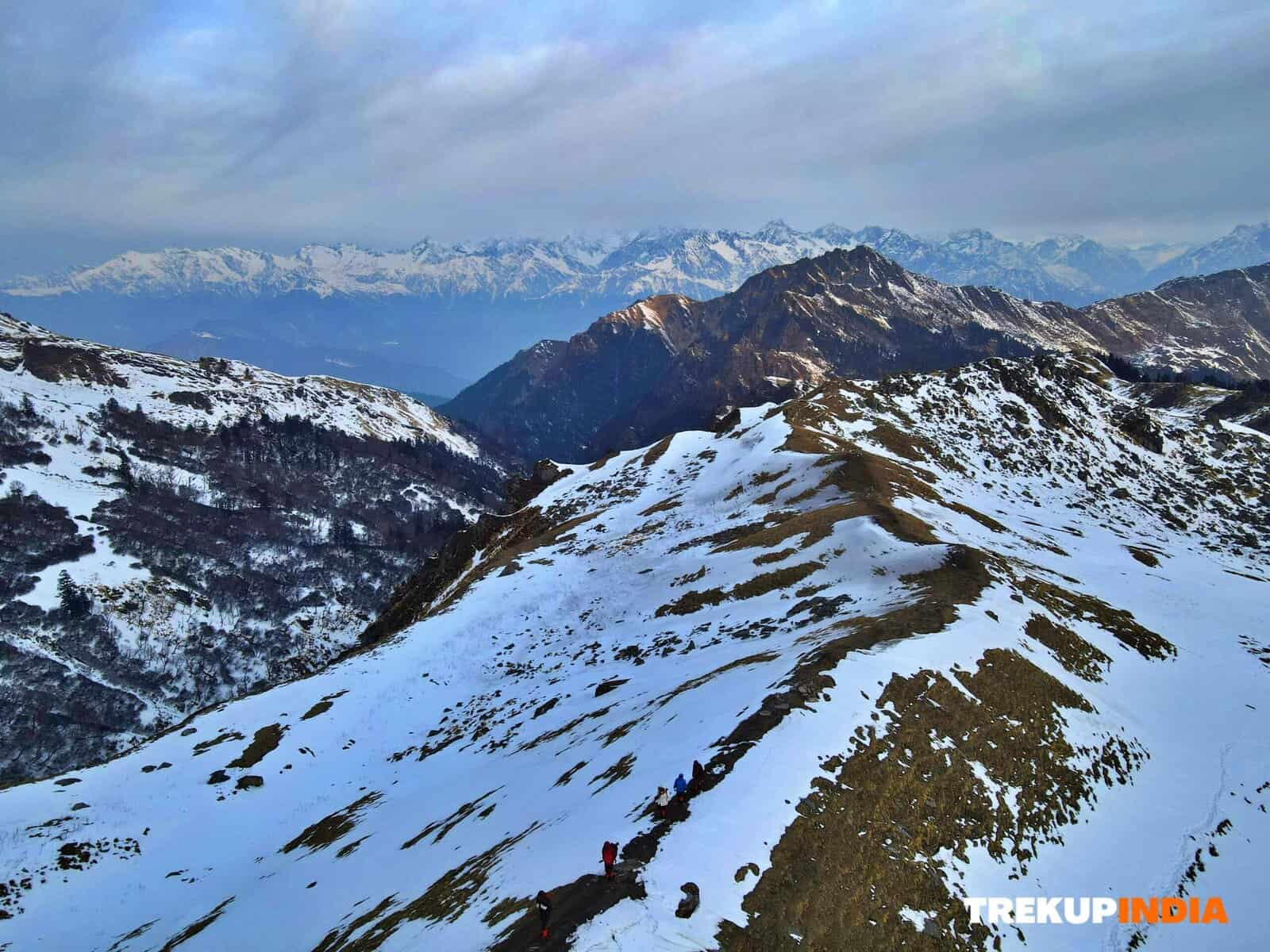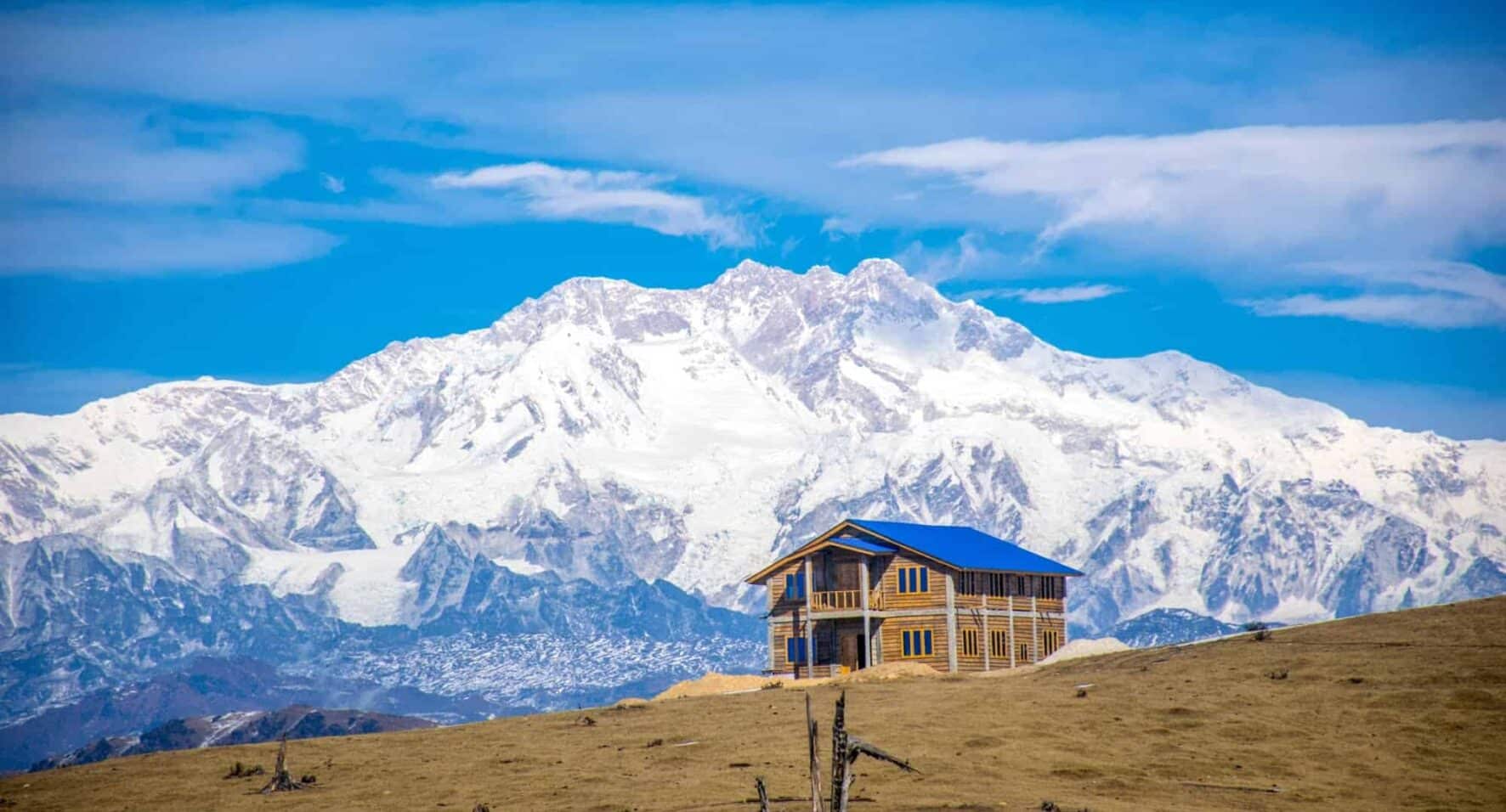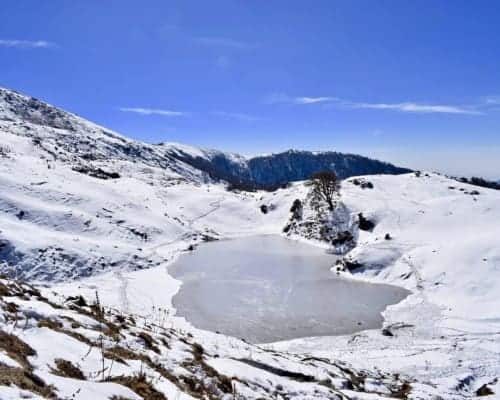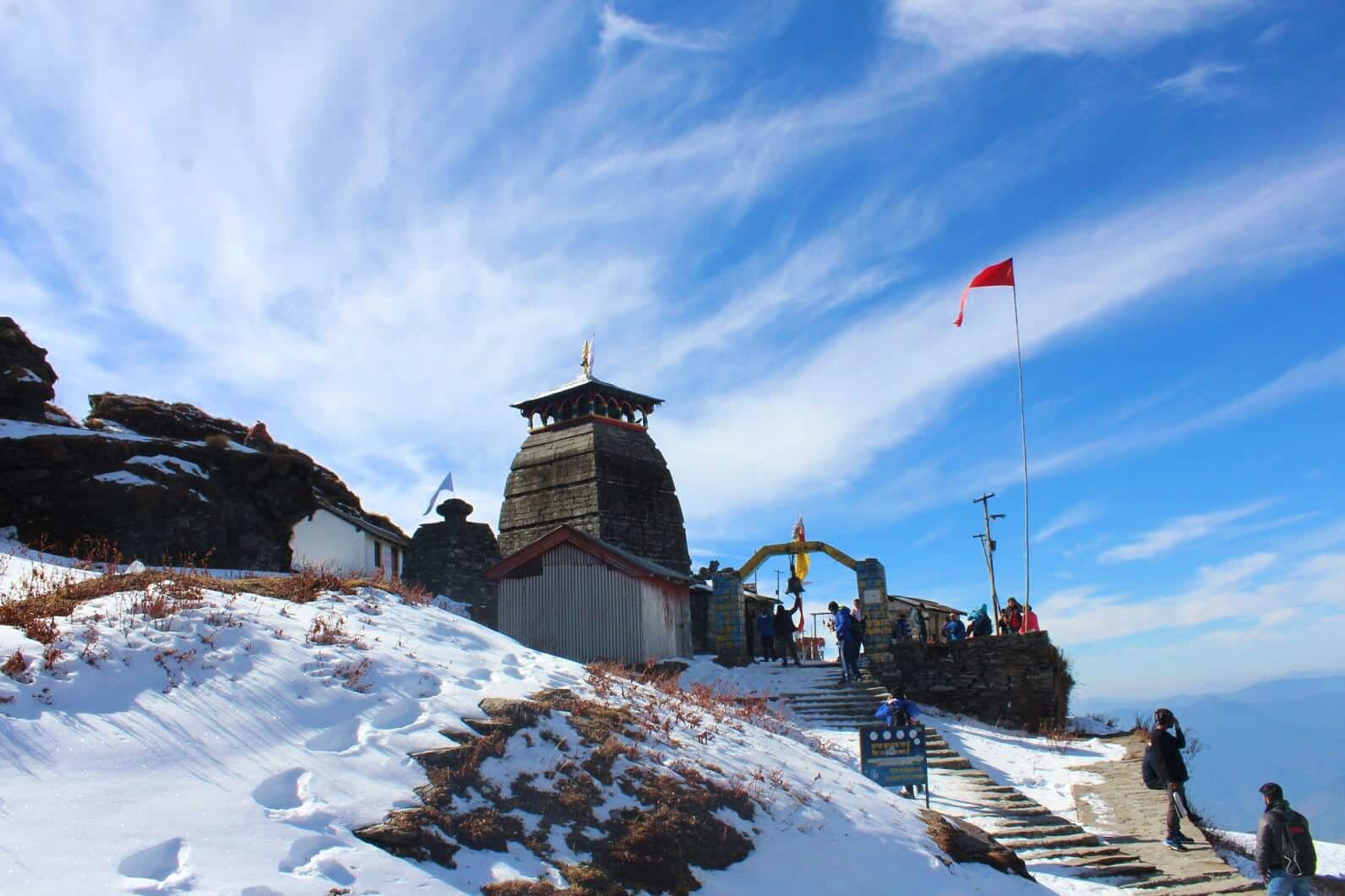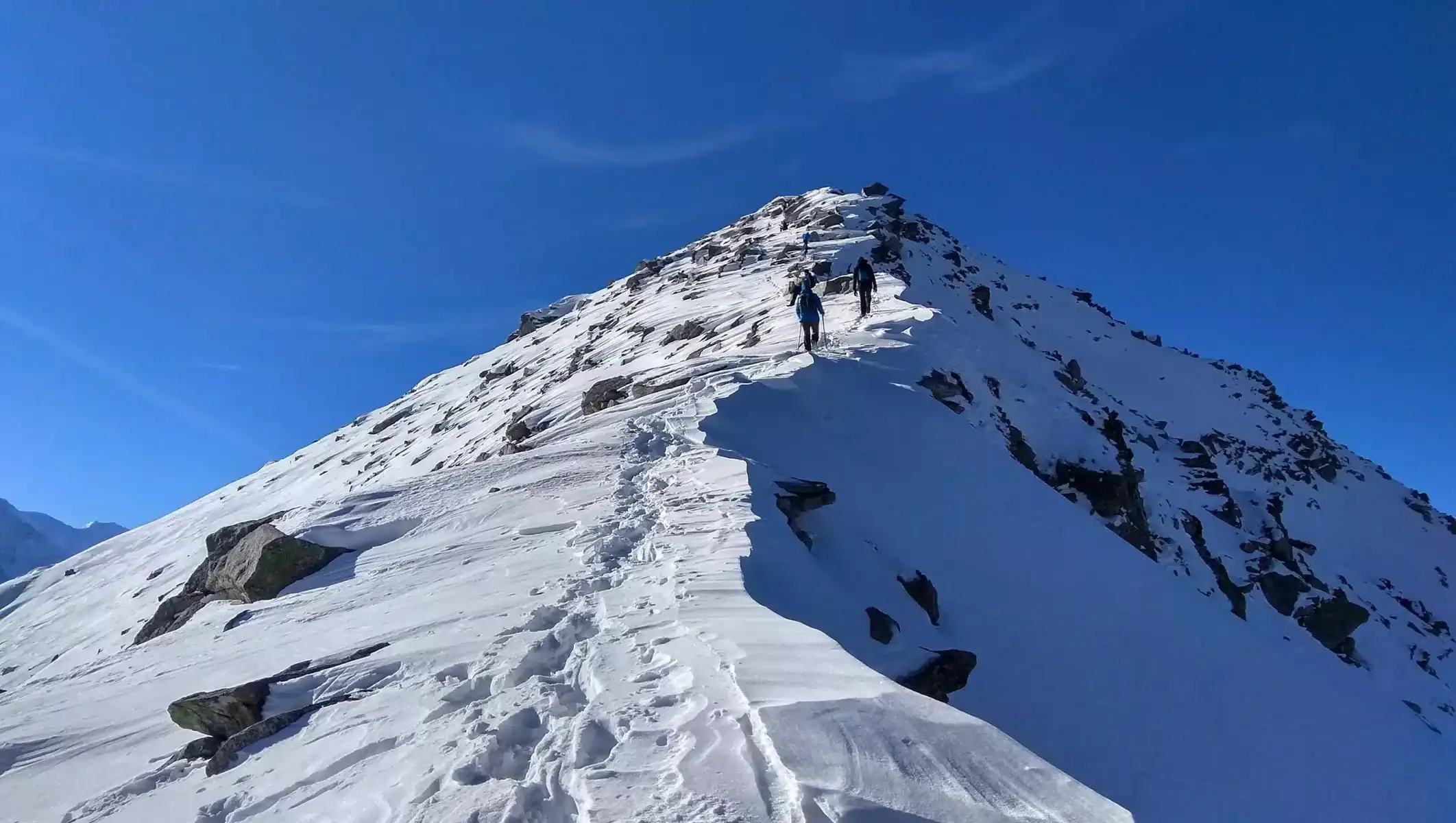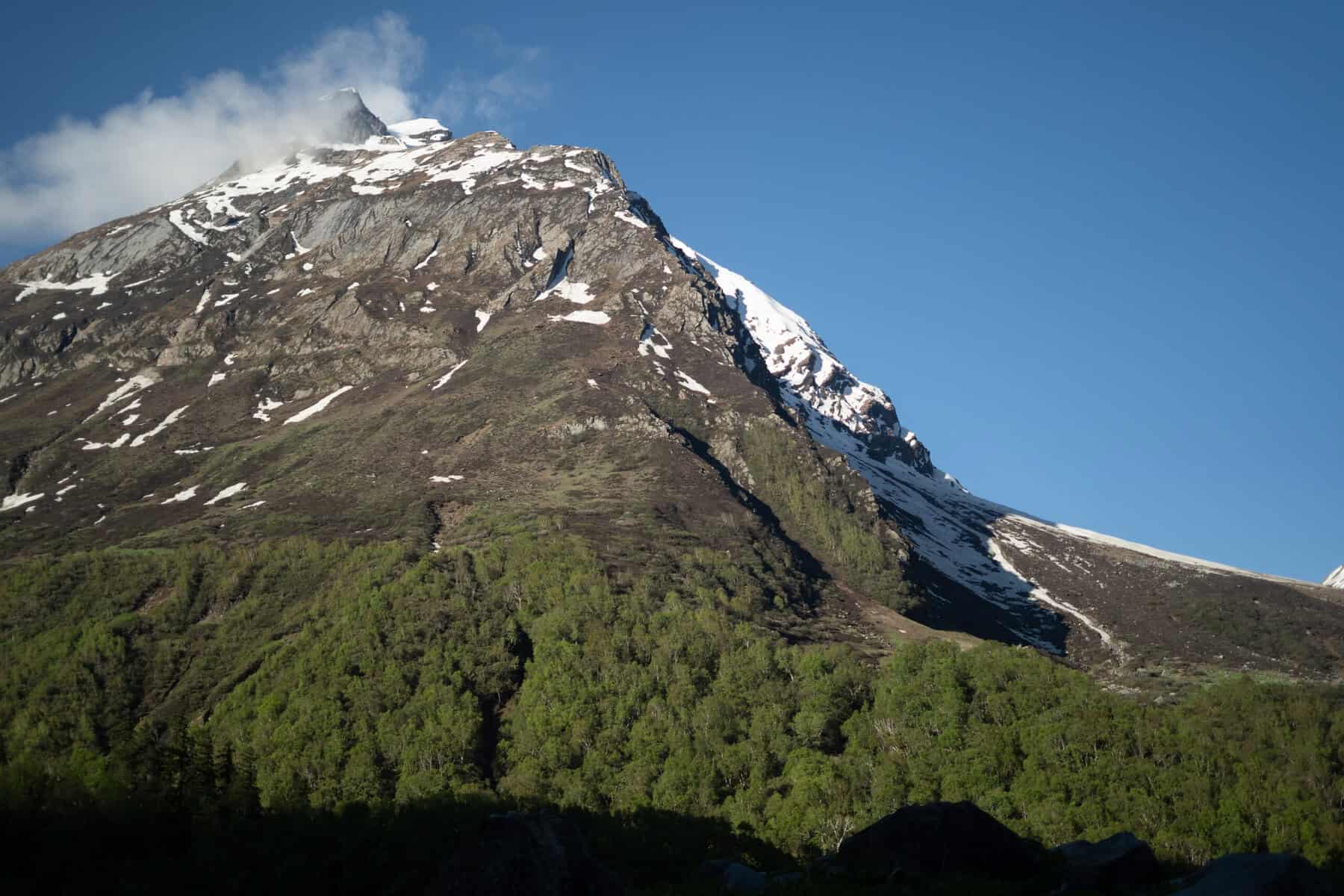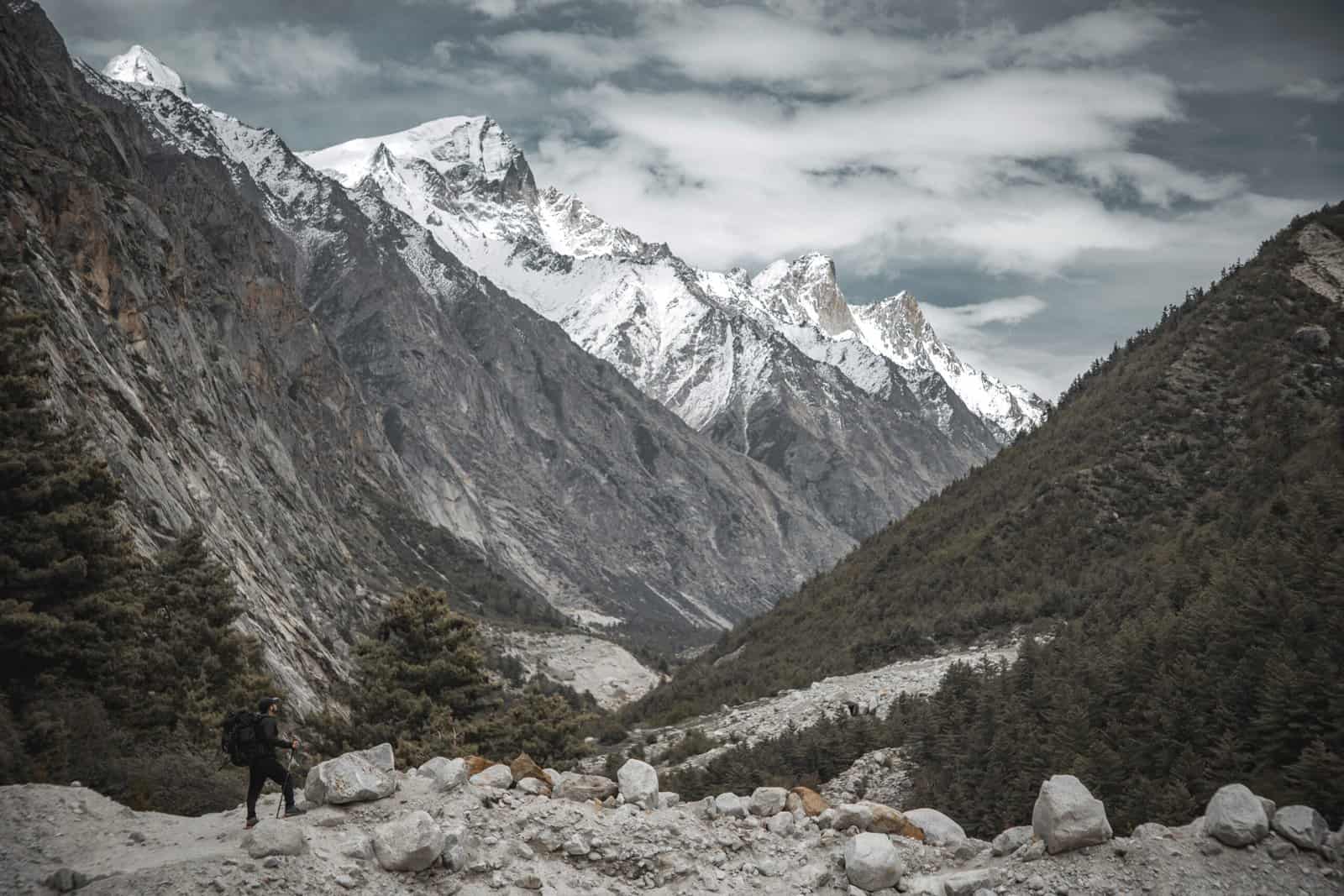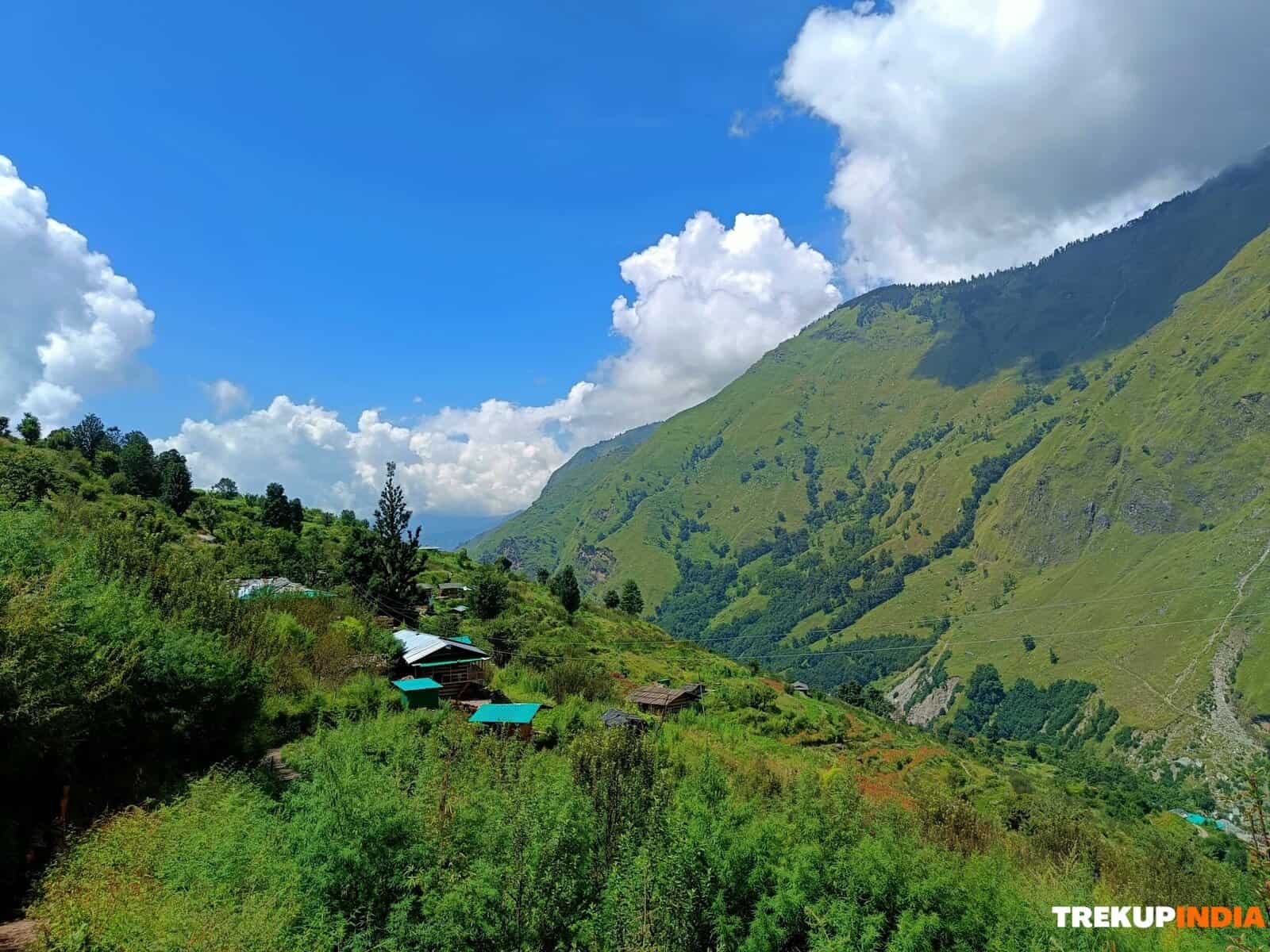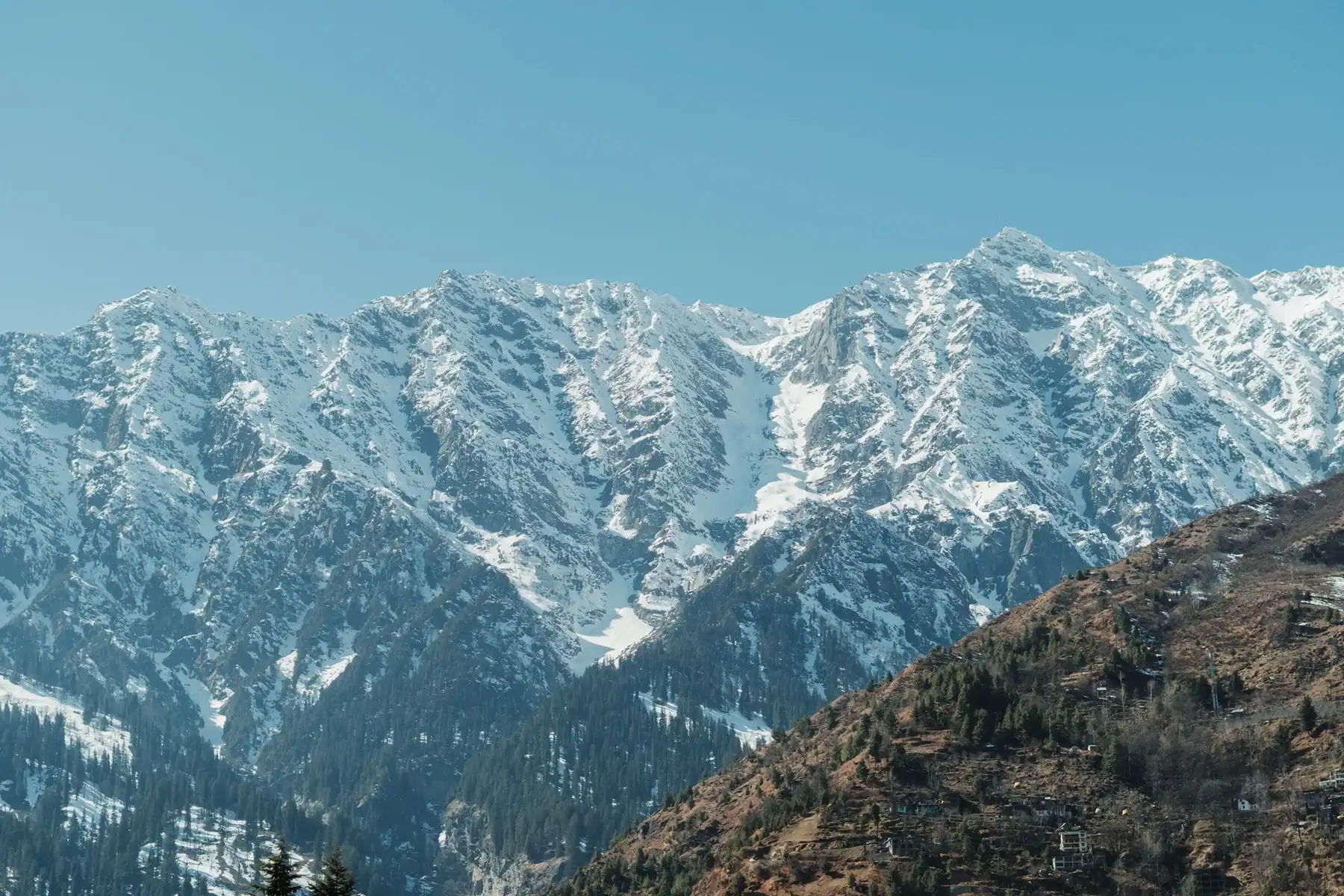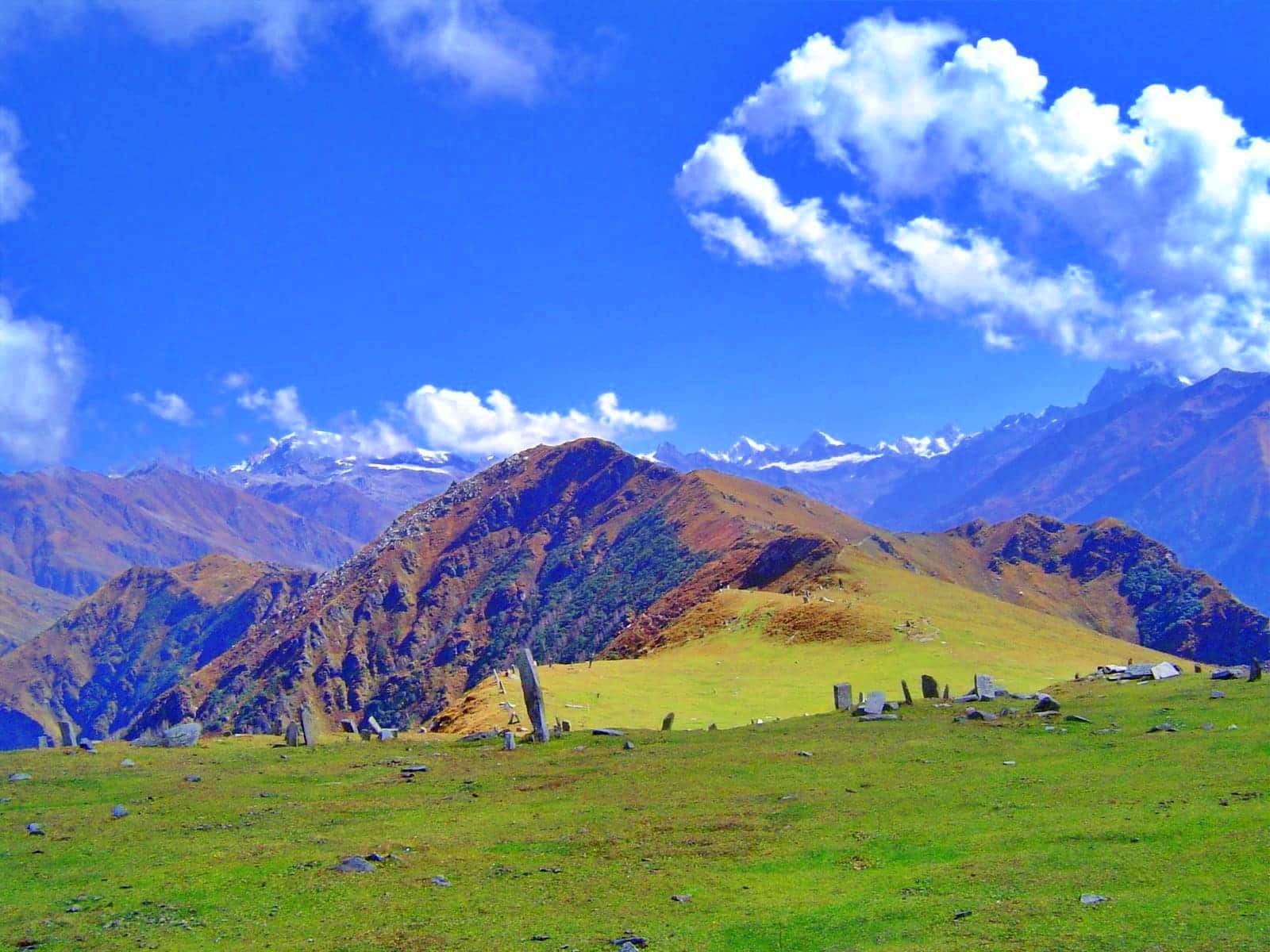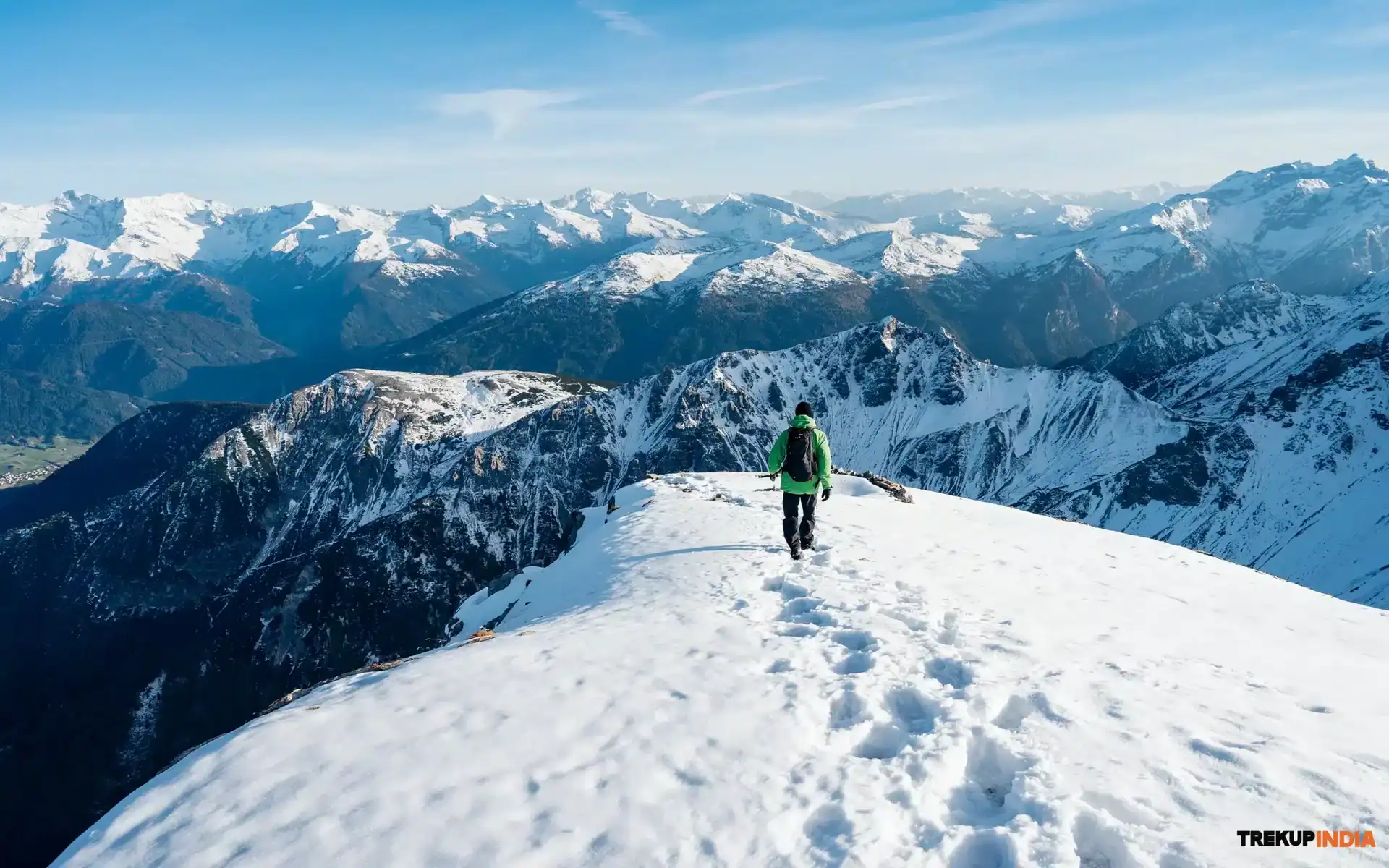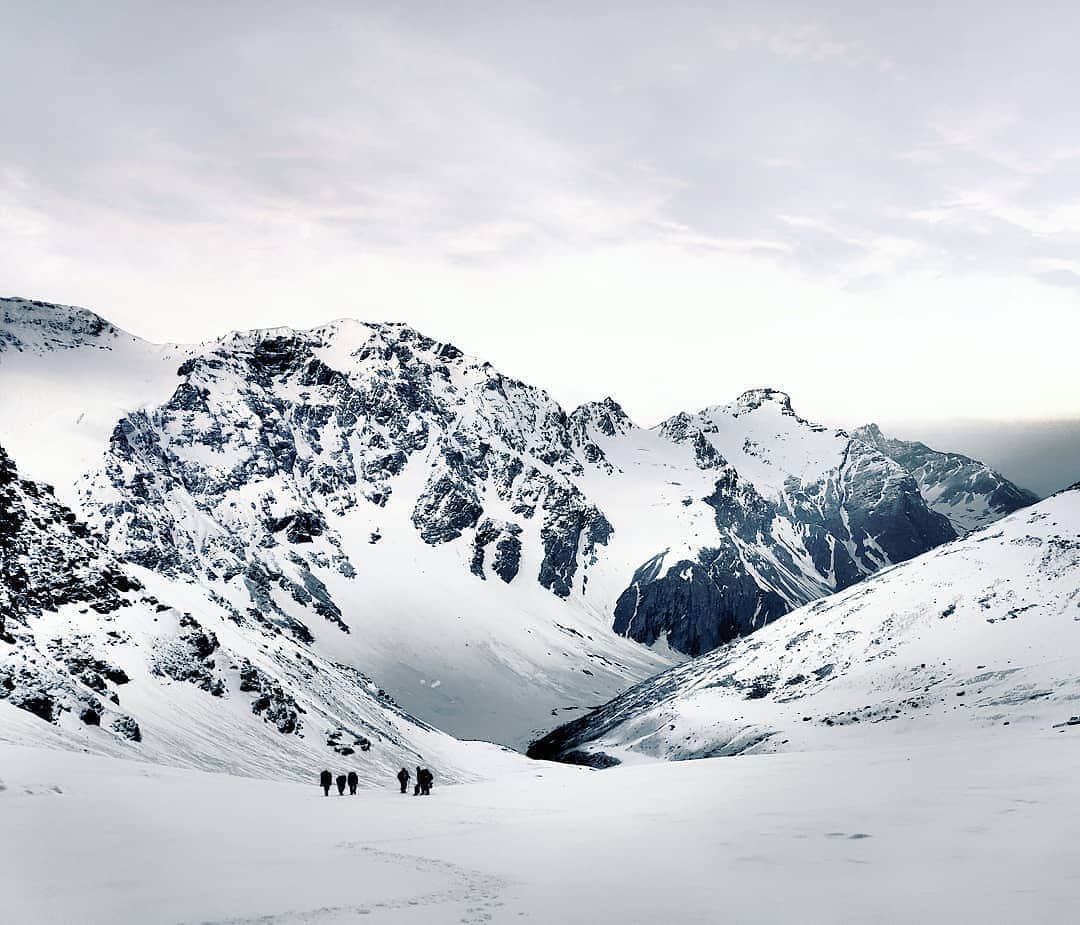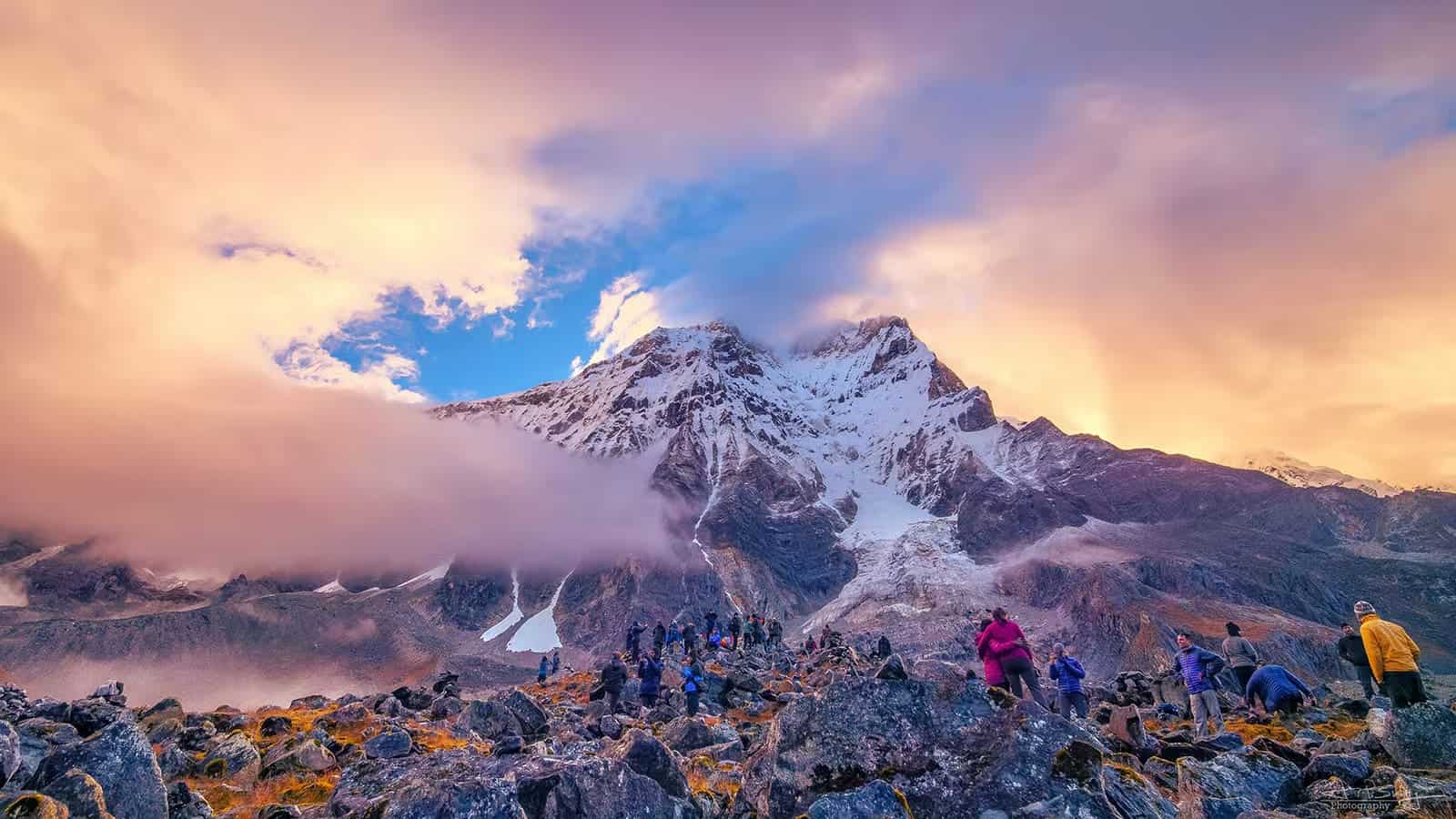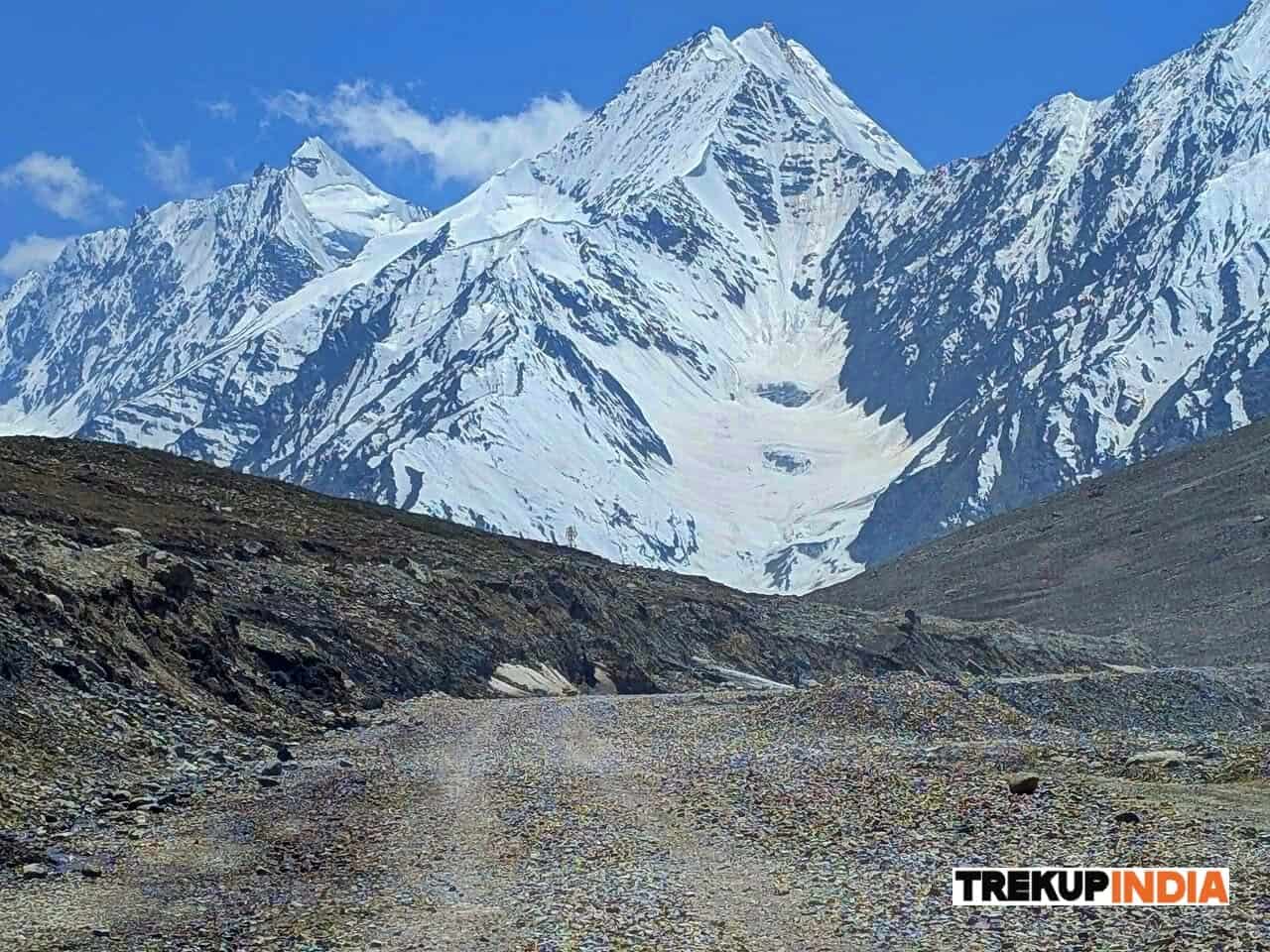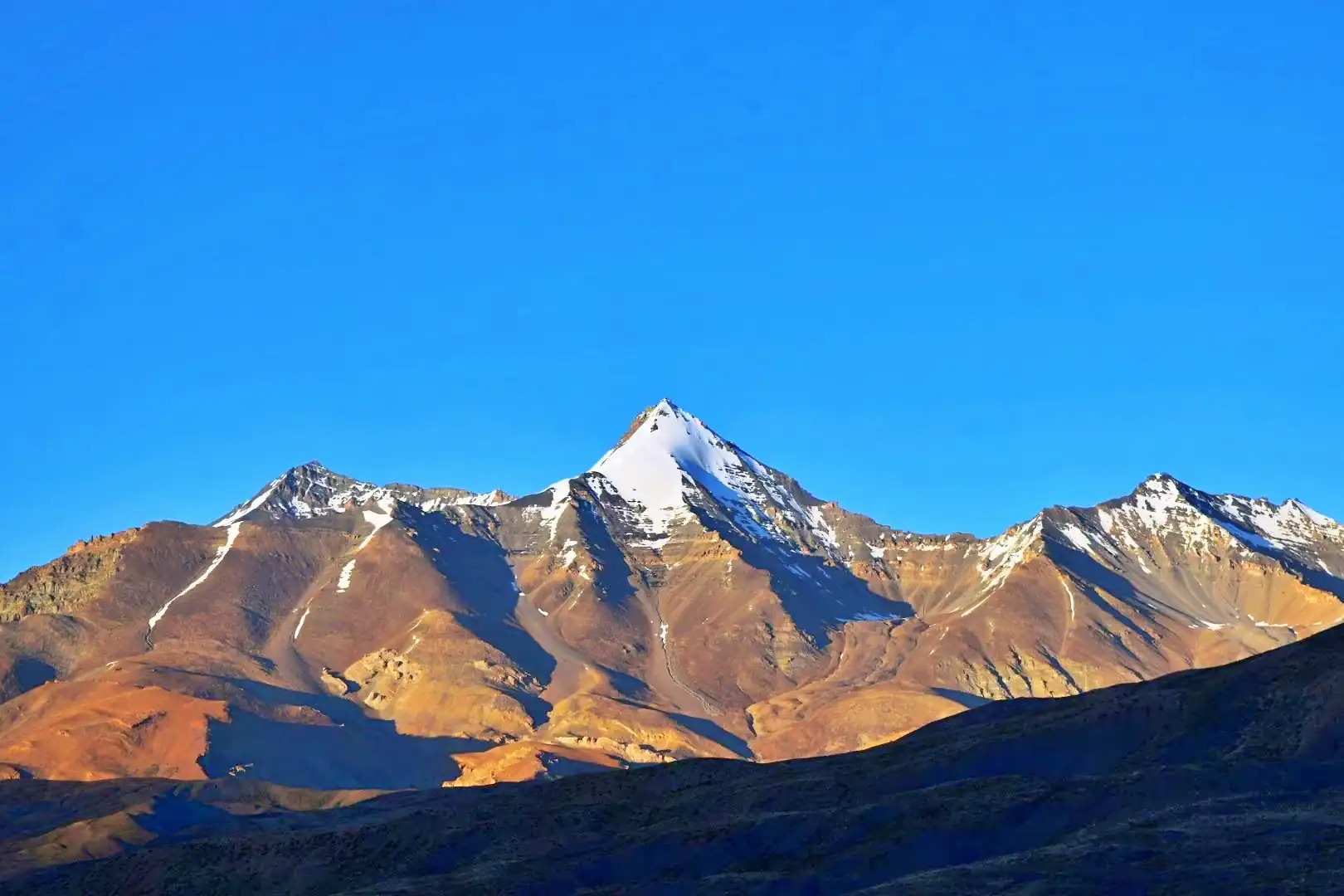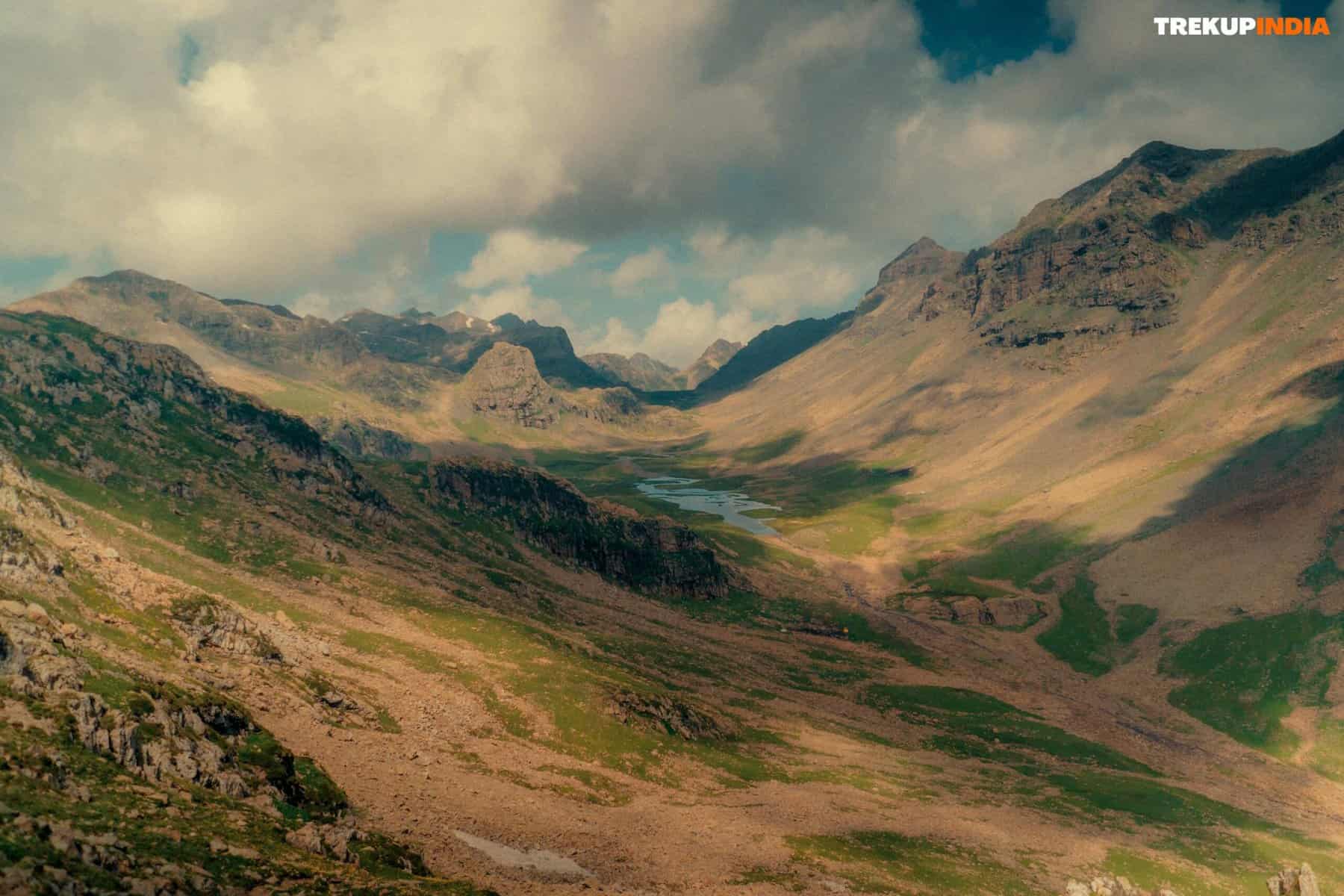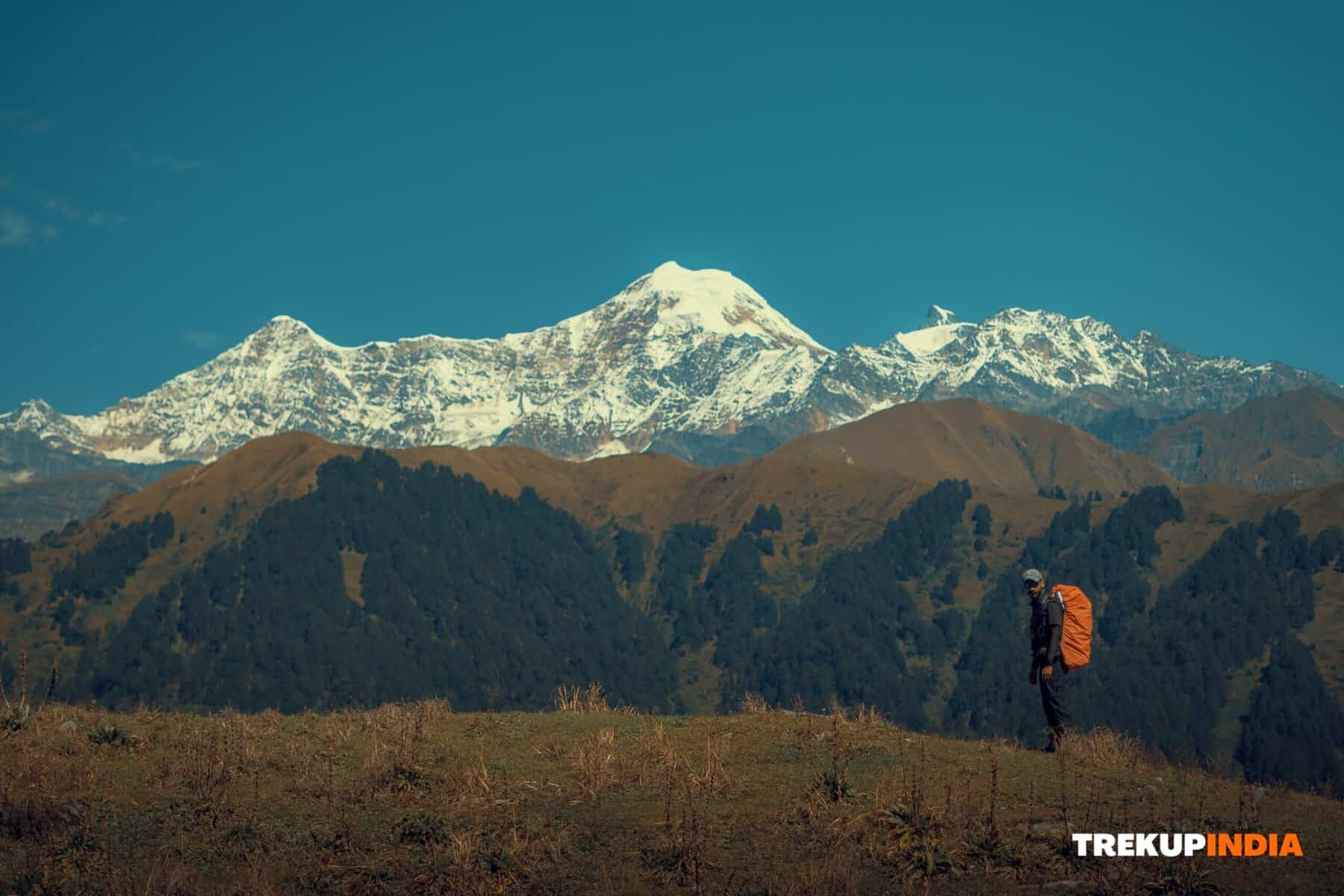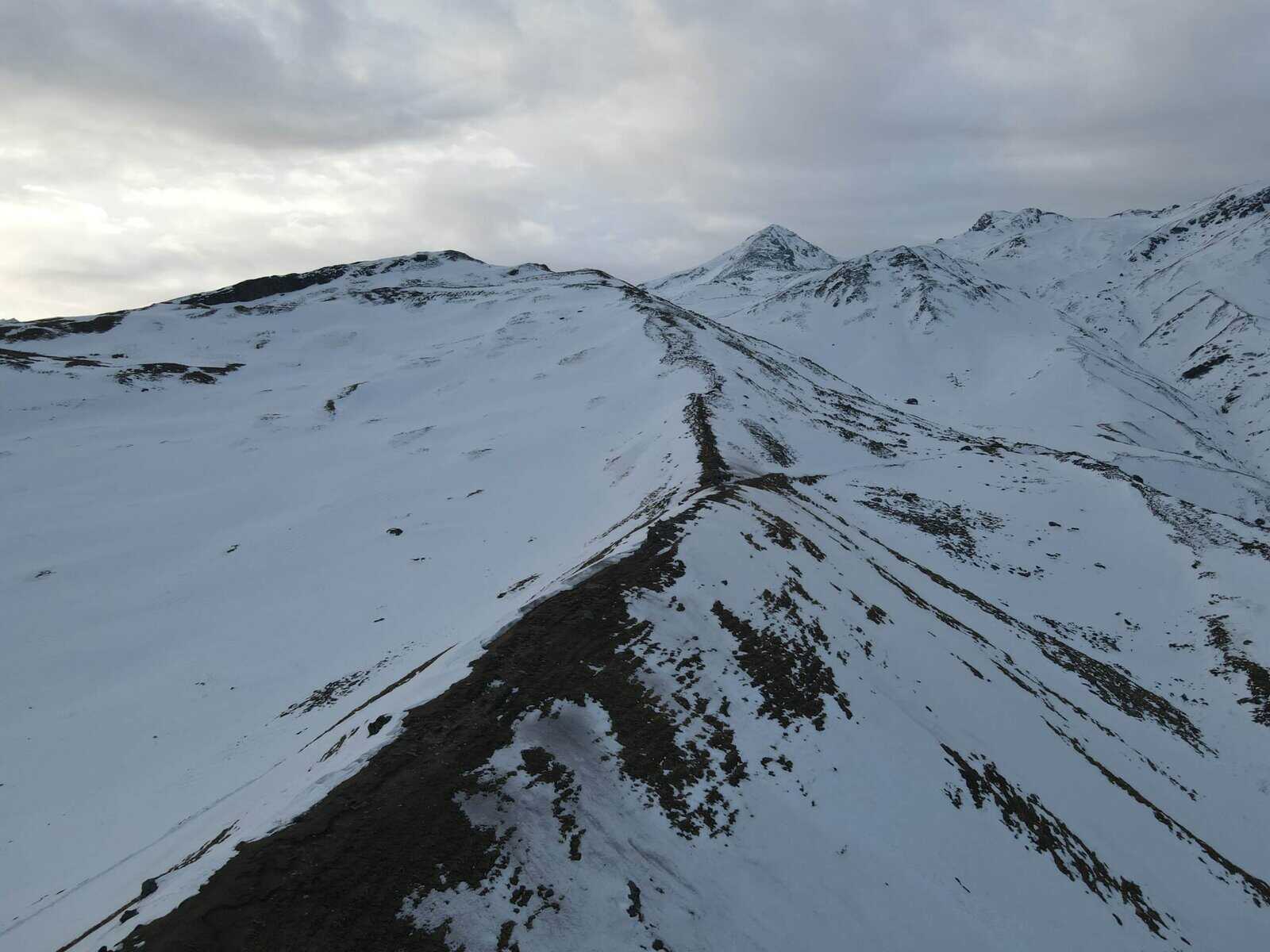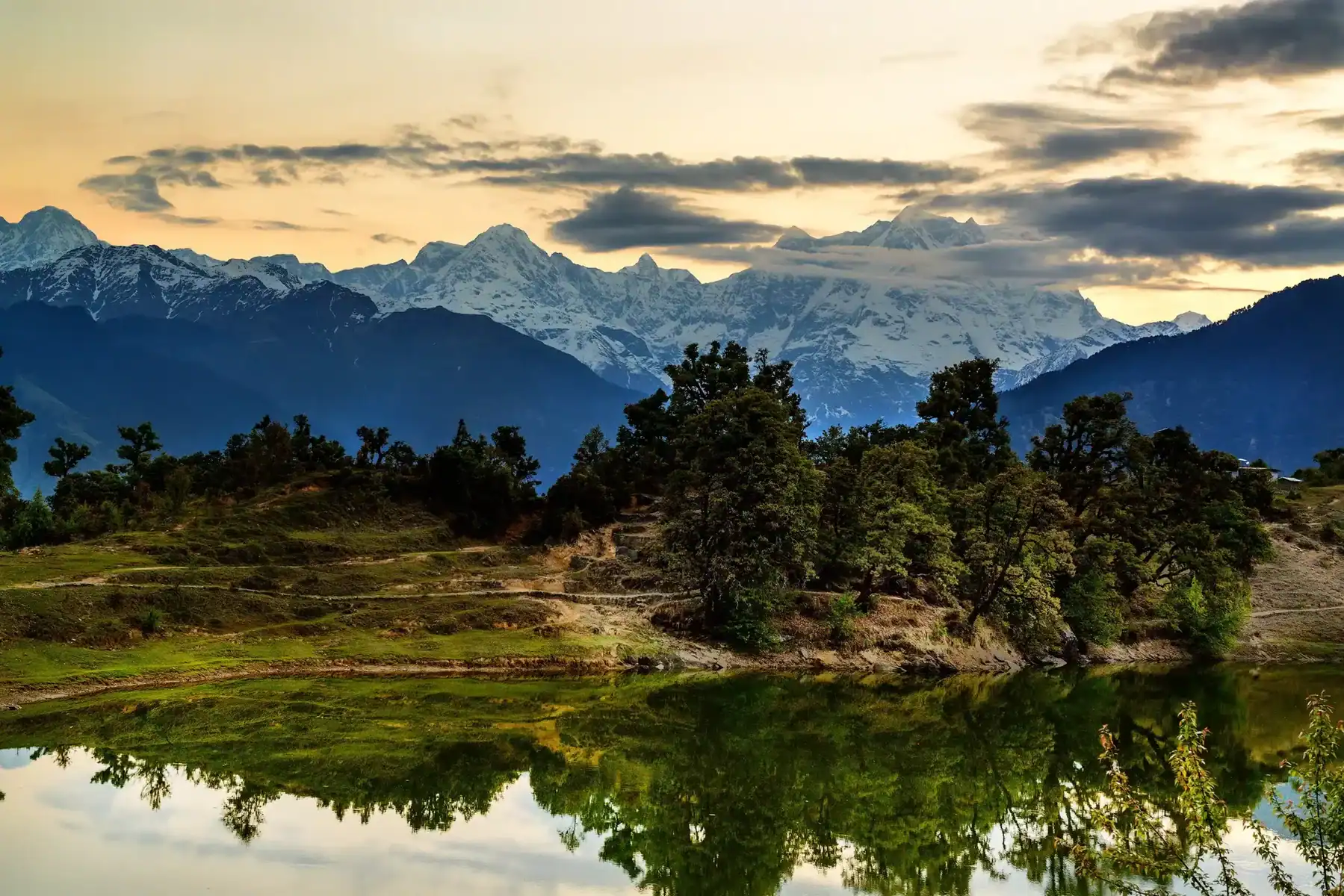What Happens to the Body at High Elevations?
Trekking at higher altitudes is an incredible experience–both physically and figuratively. When climbing over 8000 meters (2,400 feet), or trekking towards Himalayan peaks, your body experiences numerous physical adjustments as it adjusts to less oxygen at higher elevations; some changes may be manageable while others could pose danger if left unmanaged. Being aware of any possible physical alterations at higher altitudes is crucial when hiking in the mountains. Reaching the Himalayas requires exploring high-altitude territory, so trekkers must understand how this environment will impact them. We use the term “exploring” rather than “trekking”, since your body responds similarly whether hiking, cycling through Khardung La, or simply exploring. Therefore, anyone planning a trip to altitude destinations must read this article and be informed on any effects from high altitude environments – this piece should become essential reading!
At sea level, your body becomes used to the specific amount of oxygen present and will instinctively adjust by increasing intake, resulting in breathing more often. When low levels of oxygen in your blood are detected, your body responds by increasing circulation of oxygen-rich blood which triggers your heart rate to rise and bone marrow churning out countless red blood cells that provide oxygen throughout the body; ultimately too many red blood cells could thicken and slow blood flow like thickened ketchup leading to possible clotting when not working. At higher altitudes, increased stress on your heart and lungs leads to your body expelling excess fluids to help ease their load – this process of diuresis. Sleep problems in higher altitudes may also result from shallow breathing at night, prompting your brain to wake you up and remind your body to breathe properly, leading to less restful slumber overall. Bodily adjustments may also play a part in adapting to higher elevations.
Concerning the physical changes you are experiencing, it’s important to realize that they occur even without working hard at it. They have nothing to do with climbing or hiking – it’s simply due to living at a higher level. If you are sitting at an even surface, your body could become increasingly adaptable in response to changes, which may become tiring over time. It’s important to realize that the changes I’ve described so far are simply natural responses to an increase in elevation; they should not be interpreted as signs that an issue exists. Most bodies adjust easily to higher altitudes; however, sometimes our bodies cannot adapt fully, leading to high-altitude sickness or even just feeling uncomfortable at these higher elevations. Understanding fundamental research makes treating such illnesses relatively straightforward – the biggest difficulty encountered by trekkers tends to be a lack of awareness, so I wanted to provide this info.
Common Altitude-Related Illnesses Trekkers Should Know
Acute Mountain Sickness (AMS)
Be mindful that ignoring stress at altitude can result in serious conditions, including acute mountain sickness (AMS). This condition causes symptoms like nausea, headaches, dizziness, fatigue, and loss of appetite, usually within six to 24 hours after ascending to altitudes of over 8,000 feet. To ease its symptoms, it’s advisable to take frequent breaks while drinking plenty of water and not ascend or descend when symptoms worsen.
Acute Altitude Pulmonary Edema (HAPE)
Acute Altitude Pulmonary Edema (HAPE) is an illness that could prove fatal if left untreated immediately. Signs include breathing issues and chest tightness as well as wet coughing and fatigue; for this reason it’s best to descend quickly from high altitudes while seeking medical assistance as soon as possible.
HACE or High Altitude Cerebral Edema (HACE)
HACE or High-Altitude Cerebral Edema (HACE) is a severe condition that can lead to confusion, incoordination, and hallucinations as well as unconsciousness at high altitudes. If it happens quickly enough, it requires immediate action, including quickly descending to lower altitudes while taking oxygen therapy treatments as fast as possible.
High altitude effects differ depending on who’s experiencing it; some individuals may have no issues at 10,000 feet, while others could start feeling symptoms at 8,000 feet. Physical fitness doesn’t guarantee protection; instead, acclimatization, staying hydrated, and mindfulness are essential to adjust. Pay attention to any signals your body sends out; recognize warning signs if discomfort arises, and don’t endanger yourself by reaching a peak summit!
About Author

Anoop Rawat (Admin TrekUp India)
Anoop has worked for 5 years as a Trek Leader with TrekUpIndia, leading numerous treks across the diverse and challenging terrains of Uttarakhand and Himachal Pradesh. He holds a degree in Geology with a specialization in Geographic Information Systems (GIS) from UPES Dehradun. During his academic years, he actively applied his classroom knowledge in the field—most notably by contributing to a glacier research project on the Jundar Glacier in the Har Ki Dun Valley, Uttarakhand. Write Anoop at anoop@trekupindia.com
Share this article
Dates For Upcoming Treks
Want To Trek Like Pro?
Basically, watch these videos if you want to trek the same way professional trekkers do and make your skills better. These videos contain useful tips and techniques to further improve your trekking skills itself. These videos actually help both new and experienced trekkers improve their trekking skills. These videos definitely provide useful tips that make your trek better. We are seeing that these videos by Trekup India experts will only help you make your trekking skills better.







Know Everything About Acute Mountain Sickness
Acute Mountain Sickness occurs when people trek to high altitudes above 8,000 feet. This condition itself develops further due to reduced oxygen levels at such heights. Basically, as you go higher up, the air pressure and oxygen levels decrease, which causes the same problem. Acute Mountain Sickness surely causes headache, nausea, vomiting, and dizziness in affected persons. Moreover, peoples also experience difficulty in sleeping during this condition. To avoid mountain sickness, you should actually trek up slowly to higher altitudes. To learn further about this condition itself, watch the videos by Trekup India.
